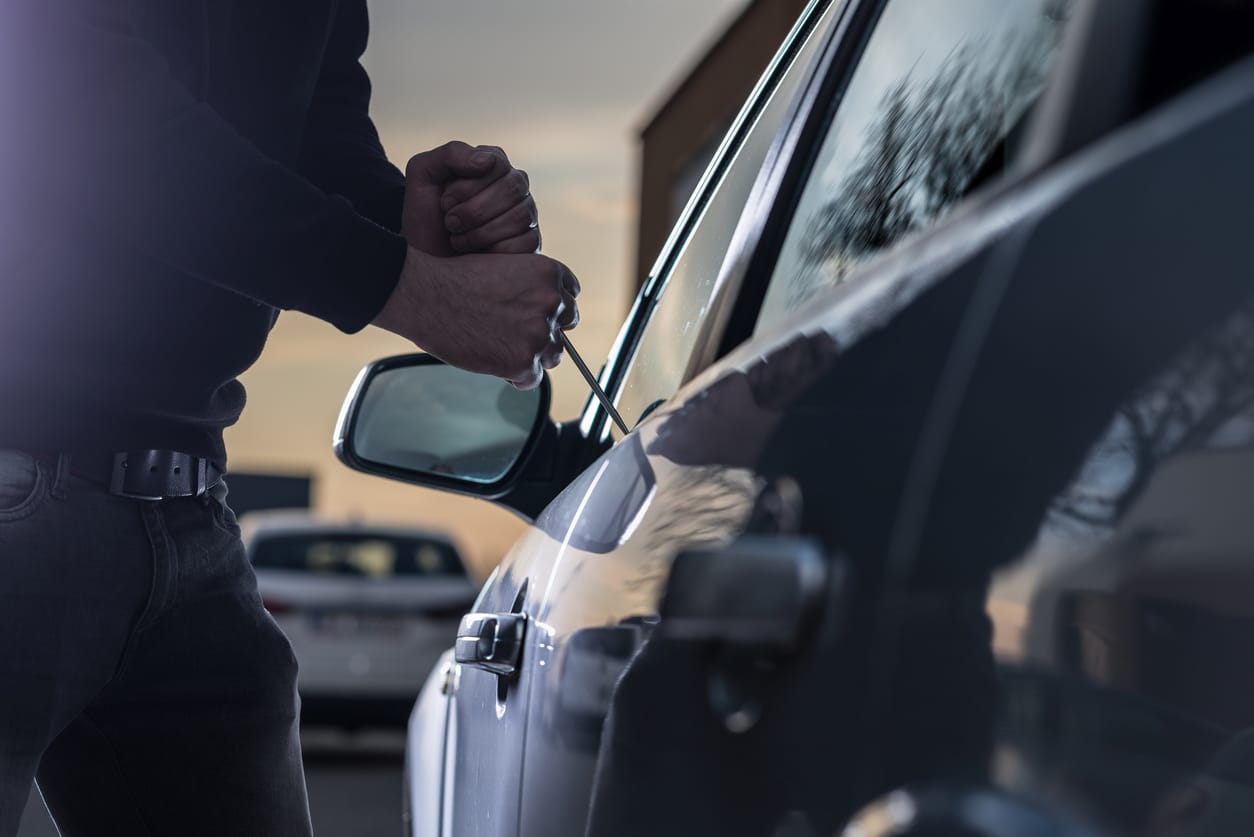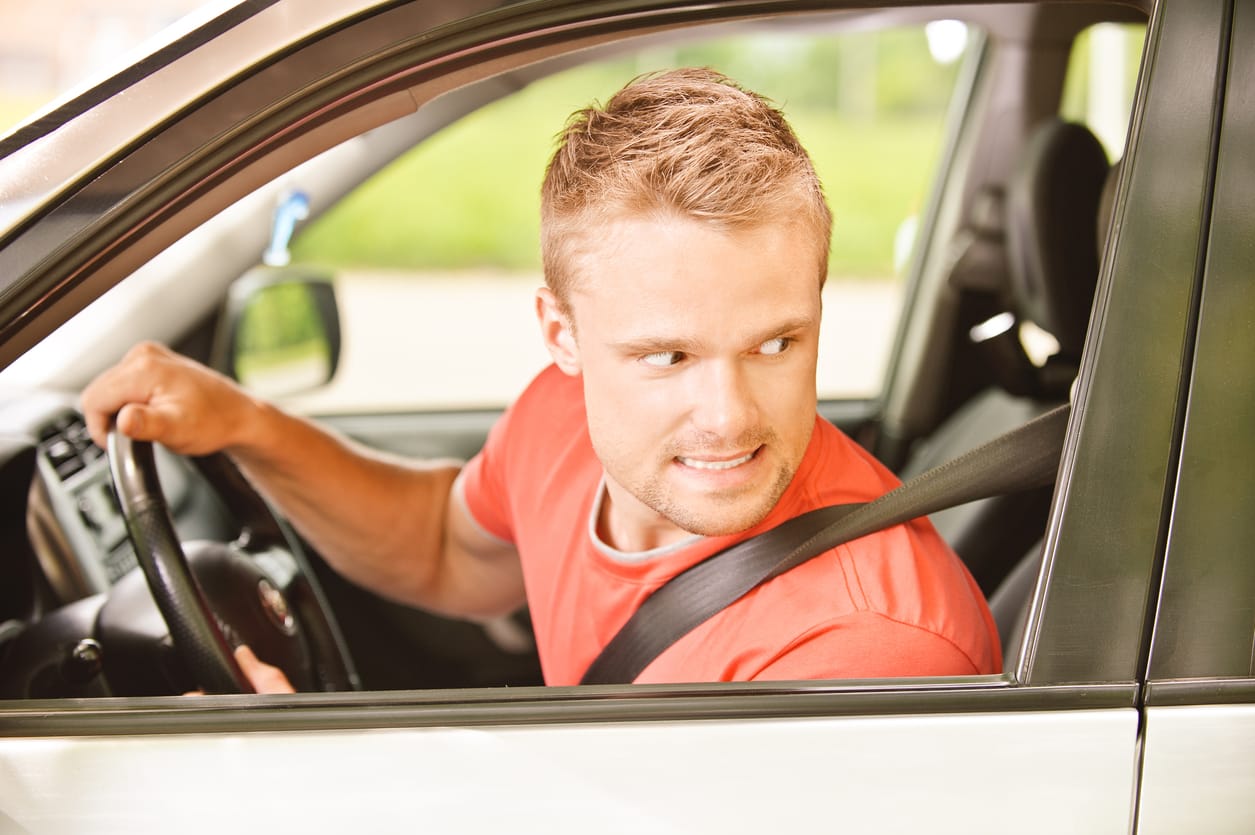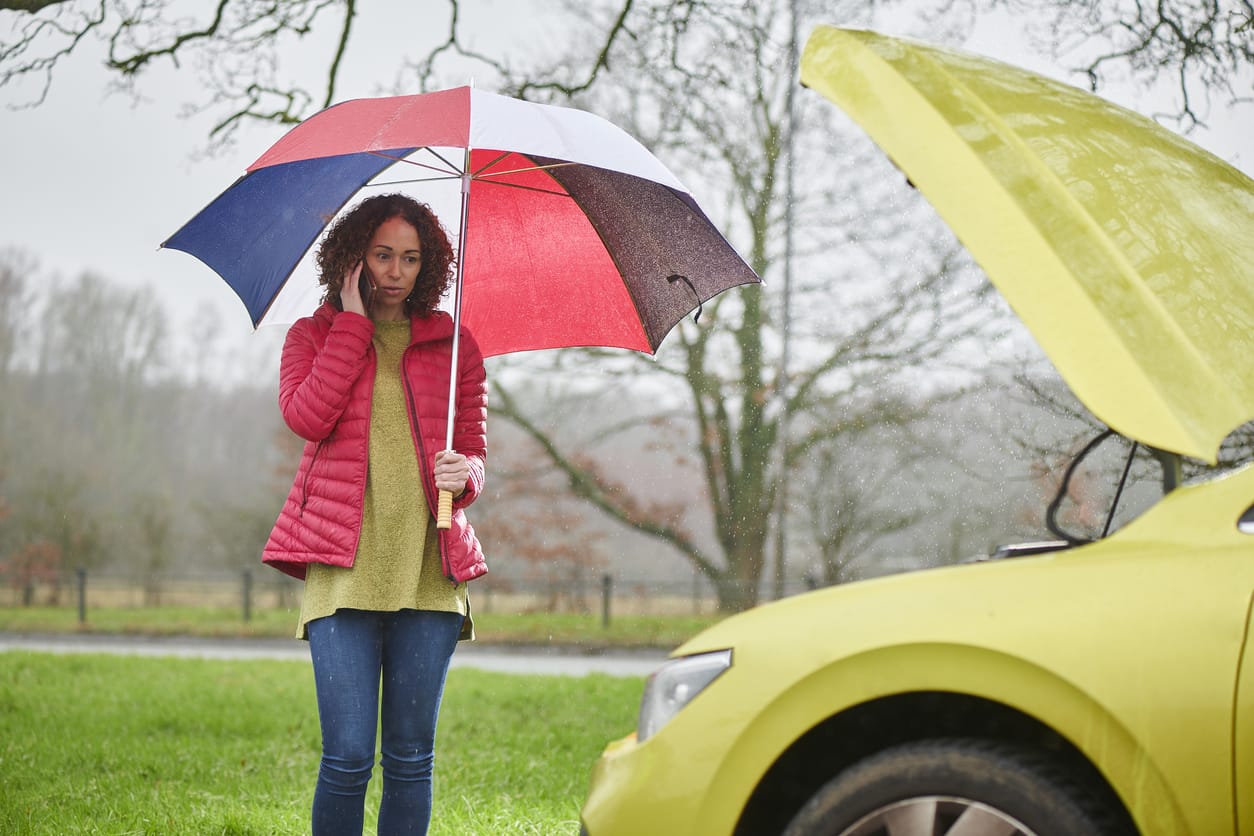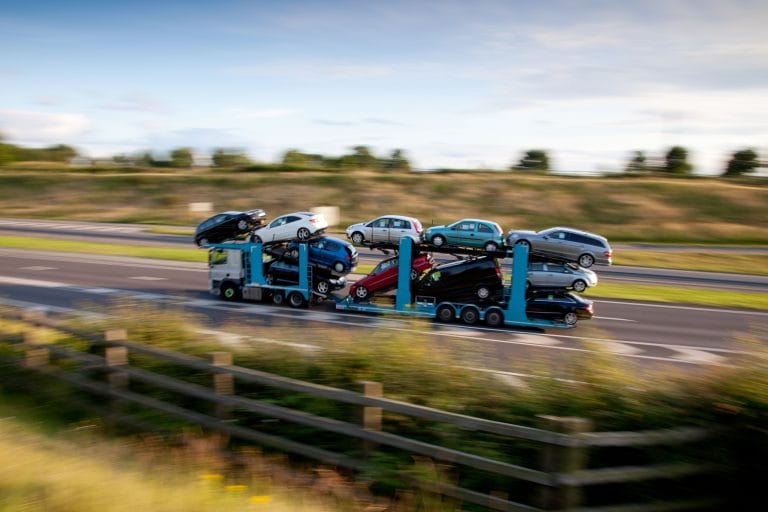The hesitation makes complete sense. So why does it go out the window when a car needs to get across the country? Normally, you would not let a stranger drive your car across town, even with you sitting in the passenger seat. But suddenly you’re willing to let a stranger drive it hundreds or even thousands of miles solo? That takes a tremendous amount of trust- and yet drivers do it all the time. Faced with the prospect of a daunting, days-long road trip, they decide to put their faith in a random driver instead. Not surprisingly, a lot can (and does) go wrong.

How do you know the person you’re giving you keys to won’t drive off and disappear? Stolen vehicles are rare but not unheard of. And while the internet makes it easier to find drivers willing to drive cars across the country, it also increases the risk of scams. After all, a fake website run by a criminal gang looks no different than a legitimate website. How do you know you’re hiring someone you can trust? Granted, you can run a background check on a potential driver and photocopy their driver’s license. But even with these precautions in place, you’re taking a big gamble putting all your faith in a stranger. This is an especially big concern for people with the exotic, collector, or much-loved cars that they can’t bear to part with.
A road is a dangerous place. Even the most experienced, cautious, or defensive drivers get into accidents. Sometimes it’s out of the driver’s control and totally unavoidable. To be fair, the people who drive cars across the country do everything possible to avoid accidents. That being said, some people drive less cautiously in a vehicle that belongs to someone else than they would in their own vehicle. Just like theft, the risk of an accident is remote, but it’s not irrelevant either, especially since you’re probably not going to put a driver you hire through a driving test. Accidents can take the form of minor fender benders or complete vehicle destruction. Either way, it’s extremely inconvenient for you because now you have to deal with whatever it takes to get the vehicle home.
When you hire a driver for a long-distance trip, they will probably claim to be a safe and responsible driver in all cases. But unless you’re in the cabin with them, you have no idea if they’re gunning the gas, slamming on the brakes, or putting stress on the transmission. There are lots of ways to drive a car the wrong way – causing it unnecessary wear, tear, damage, and age. You might pick your vehicle up and think it looks fine. Then you start driving it again and discover that it has strange sounds, a rough drive, poor stopping distance, bad gas mileage, or a host of other problems it didn’t have before.

When you use a car driving service, you negotiate a rate ahead of time. You will have to pay for gas and pay the driver for your ride. In some cases, you will need to for food and lodging along the way. There may also be hidden fees if the trip takes longer than anticipated or unexpected costs/ issues arise. Perhaps you decided to hire a car driving service because you thought this was an economical option, especially once you factor in the value of the time you saved by not driving. Once you receive the final bill, though, you discover it wasn’t such a great value. This doesn’t happen often, and understanding the agreement you have with the driver can prevent it. Nonetheless, it’s a risk that’s caused more than one person a bad case of buyer’s remorse.
As we made quite clear by now, much can go wrong between when you hand your vehicle off and when it gets picked up. It may not be in the condition you expected. It could arrive later than you anticipated, or the driver could demand more money because of unforeseen issues. It’s not unheard of (or even particularly rare) for disputes to arise when you hire a driver for long-distance travel. These disputes can get pretty bad too. You hired a driver because you thought it would be the easy alternative to driving yourself. Then it turned into a contentious fight that could drag out and waste a lot of time and money in the process. Do you think you are willing to take that risk?
Who knows what will happen to your vehicle over hundreds of miles on the road with a stranger behind the wheel. There are various X factors to consider. And while most of them are remote… what if the vehicle gets stolen by someone who isn’t the driver? Will you need to pay the driver for their return travel? – Anything is possible. The amount of unknowns that you have to accept when you let someone else sit in the driver’s seat make this option seem less appealing for some people.

You must keep in mind that there are two ways to ship a car. You can hire a driver and accept all the risks outlined above. Or you can avoid or minimize those risks by hiring a vehicle hauler instead.
What is the difference between a driver and a hauler? A driver pilots your vehicle just like you would. A hauler drives a vehicle trailer (either open-air or enclosed) loaded with multiple vehicles, including yours. You’ve probably seen these trailers on the highway before. You’re hiring a driver to handle your vehicle in either scenario, but that’s where the similarities end.
Vehicles are many safer-from accidents, damage, theft, harsh driving- when they ride on (or in) a trailer. The vehicle isn’t accumulating miles or getting exposed to roadway hazards. Plus, unlike car driving services which often hire retirees, nomads, and car lovers, a car shipping company will only hire professional drivers to haul vehicles- drivers with training, credentials, and a proven track record for safety. Your car is in much better hands with one of these professionals than with a gig-seeker.
On the one hand, car shipping works very similar to a driver: you hire someone, arrange a pickup in one place, and await a drop-off in another. On the other hand, treating your car like something to ship rather than something that must be driven takes away all the challenges of vehicle logistics. Professional haulers know the fastest, safest, most efficient way to get your vehicle exactly where you want it to go. Plus, they don’t have to sit in your seats, mess with your mirrors, or play with the radio along the way. For most drivers, it’s obvious what the best option is.




